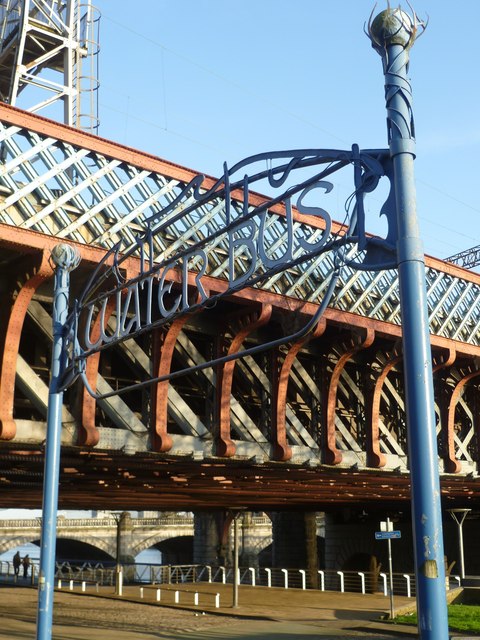The diversity of life on Earth has always been a source of fascination and joy for me. It’s common, in our current society, to focus on things like ecosystem services, and the ways in which biodiversity is essential to human life, and human wellbeing. All of these arguments are valid and true, and in my opinion are important to remember in considering our relationship with the rest of life on this planet.
But there is also an aesthetic value to it. Maybe this is just me categorizing the ways in which biodiversity benefits human mental health, but even so, it’s an angle that’s often neglected, outside of research into how time spent around plants is beneficial.
It makes me happy to know about the strange and wonderful organisms that inhabit this world. I like that the reality of life on Earth is consistently more bizarre and more interesting than any aliens inhabiting science fiction. At the same time, I always feel an intense sense of loss when I remember that we are the only surviving human species on this planet. I can’t help but think that our world and our lives would be richer had our relatives survived, and lived along side us.
Still, we have our more distant relatives, at least for now, and while I’ve come to understand the effort to save endangered species and ecosystems from the effects of human civilization as central to our ability to survive in the long term, it started as something of a gut reaction. My life is better when there’s a lot of other life out there, even if I never get to see most of it in person.
Learning that humans had caused other species to go extinct was hard. Learning that we were still doing it was harder. Many species exist on borrowed time. Others may still make it, but it’s hard to tell. Either way, the chances that any given species will survive tend to be influenced by how large and widespread their global population is. If they only exist in one location, or they’re spread out but there are too few of them, it takes very little to move from a small population to one that faces certain extinction.
That’s why it’s nice to learn that, while they are still in danger, there are more emperor penguin colonies in Antarctica than we had previously thought.
Satellite images have revealed 11 previously unknown emperor penguin colonies in Antarctica, boosting the number of known colonies of the imperilled birds by 20%.
The discoveries were made by spotting the distinctive red-brown guano patches the birds leave on the ice. The finds were made possible by higher-resolution images from a new satellite, as previous scans were unable to pick up smaller colonies.
Two of the colonies were a particular surprise. They were found far from the coast, living on sea ice that is anchored to grounded icebergs, a location never seen before.
The new colonies are thought to number a few hundred penguins each, which is smaller than average, so the discoveries increase the total population of emperor penguins by a smaller proportion of about 5-10%.
Emperor penguins are the only penguins that breed on sea ice, rather than land, making them especially vulnerable to the climate crisis. All the new colonies are in areas that are at risk and researchers say these will be the “canaries in the coal mine” as global heating increasingly affects Antarctica.
“The [new colonies] are an exciting discovery,” said Peter Fretwell, at the British Antarctic Survey (BAS), who led the research. “Whilst this is good news, the colonies are small and so only take the overall population count up to just over half a million penguins.”
I don’t know whether the species will survive. I want them to, and the world will be poorer for their loss if they do die out. It pleases me that we’ve got even a fractionally better shot at helping them make it through the changes we’re forcing them to live through.
Hey, did you know that in this capitalist hell-world I need something called “money” to get shelter and food? It’s true! It’s also true that because of the global pandemic, there are literally hundreds of people applying for every job to which I or my wife apply, and nobody seems particularly eager to hire immigrants here. If you want to help out, you can do so for as little as $1.00 USD per month (about three pennies per day) at patreon.com/oceanoxia
My patrons are a collection of wonderful people who want to support the work I’m doing, and are contributing a little bit of their earnings to help me keep providing free content here! You could join them in that endeavor, and earn my sincere gratitude, as well as some extra content every month.




